F1 Drivers Press Conference: A Comprehensive Guide
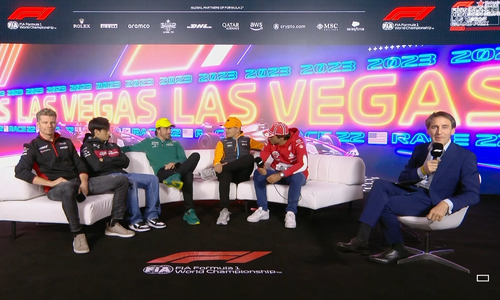
Table of Contents
Understanding the Format of an F1 Drivers Press Conference
F1 Drivers Press Conferences follow a structured format, varying depending on the timing and purpose. Typically, you'll encounter pre-race press conferences held on the Thursday before a Grand Prix weekend, post-qualifying briefings, and individual driver interviews throughout the weekend. These events offer different perspectives on the upcoming race and its aftermath.
- Timing and Scheduling: Pre-race press conferences usually take place on Thursday, while post-qualifying and post-race interviews happen on Saturday and Sunday respectively. The timing can shift slightly depending on the specific race and scheduling needs.
- Location: Press conferences are generally held at the circuit itself, often in designated media centers. However, with advancements in technology, virtual press conferences have become increasingly common.
- Participants: The key participants include the drivers themselves, team principals, and sometimes representatives from the Fédération Internationale de l'Automobile (FIA). Occasionally, other key figures within the teams might also participate.
- Moderation: A spokesperson, usually from the F1 organization or a designated journalist, moderates the press conference, ensuring a smooth flow of questions and answers.
Key Topics Covered in an F1 Drivers Press Conference
The information shared in an F1 Drivers Press Conference is strategically valuable, offering glimpses into the minds of drivers and team leaders. The topics discussed often provide clues to the unfolding race weekend.
- Race Weekend Preview: Drivers and team principals provide insights into their expectations for the upcoming race, including track conditions, predicted weather, planned strategies (pit stop timings, tyre strategies), and potential challenges.
- Performance Analysis: Discussion often covers car setup adjustments made based on practice sessions, qualifying performance, and predictions for race performance, including anticipated pace and potential overtaking opportunities.
- Driver Rivalries and Team Dynamics: While often subtle, press conferences can reveal hints of driver rivalries, collaborative efforts within teams, and the overall team spirit. Careful observation of body language and phrasing can be very revealing.
- Rule Changes and Their Impact: Drivers often share their perspectives on recent rule changes introduced by the FIA, their impact on the sport, and potential areas for improvement. This is a critical area where drivers' opinions can influence future regulations.
- Personal Updates: While less frequent, drivers may occasionally share personal updates, like sponsorship deals or recovery from injuries, providing a more human aspect to their public image.
How to Follow an F1 Drivers Press Conference
The increasing accessibility of F1 events ensures fans worldwide can follow the F1 Drivers Press Conferences. The following options provide different levels of engagement and depth of information.
- Official F1 Website and App: The official Formula 1 website and app often provide live streams of press conferences and post recordings for on-demand viewing.
- Social Media: Various official and unofficial social media accounts provide live updates, highlights, and often short video clips from the press conferences. Twitter, in particular, is a hub of live commentary and reactions.
- Dedicated F1 News Channels and Websites: Numerous dedicated Formula 1 news channels and websites offer comprehensive coverage and analysis of the press conferences, providing context and insightful interpretation of the statements made.
- YouTube Channels: Many YouTube channels upload recordings of the post-race press conferences, offering a convenient way to catch up on any missed events.
Analyzing the Communication Strategies of F1 Drivers
F1 Drivers Press Conferences aren't just about sharing information; they're carefully orchestrated communication strategies. Drivers use these platforms to manage their public image and influence perceptions.
- Diplomacy vs. Honesty: Drivers often walk a tightrope between promoting their team's interests and expressing their honest opinions. Balancing these two aspects requires careful word choice and measured responses.
- Handling Difficult Questions: Drivers frequently encounter challenging questions, and their responses reveal their media training and ability to deflect or address difficult topics skillfully.
- Body Language and Nonverbal Cues: Observing a driver's body language—their facial expressions, posture, and hand gestures—can often provide additional insight into their true feelings beyond their spoken words.
- Media Training: The impact of media training on driver responses is significant. Experienced drivers often exhibit greater control and finesse in their communication, navigating tricky questions with more ease.
The Importance of F1 Drivers Press Conferences in the Sporting Landscape
The significance of F1 Drivers Press Conferences extends beyond the immediate information shared. These events play a broader role within the Formula 1 ecosystem.
- Building Anticipation for the Race: Press conferences generate excitement and engagement among fans by offering previews of the upcoming race, highlighting key storylines and potential conflicts.
- Shaping Public Perception: The statements made by drivers and team principals influence fans' opinions, creating narratives and shaping the overall perception of drivers, teams, and the sport itself.
- Providing Insights into the Sport: Press conferences educate fans about the technical and strategic aspects of Formula 1 racing, providing a deeper understanding of the sport beyond the surface-level spectacle.
Conclusion:
From understanding the structured format and key topics covered to exploring the various ways to access these events and analyzing the communication strategies employed, this guide has illuminated the multifaceted nature of the F1 Drivers Press Conference. These events are crucial for building anticipation, shaping public perception, and offering valuable insight into the complex world of Formula 1. To stay fully engaged with the sport and gain a deeper appreciation of the strategic nuances, actively follow future F1 press conferences, Formula 1 driver interviews, and Grand Prix press conferences. Don't miss out on this vital aspect of the F1 experience!

Featured Posts
-
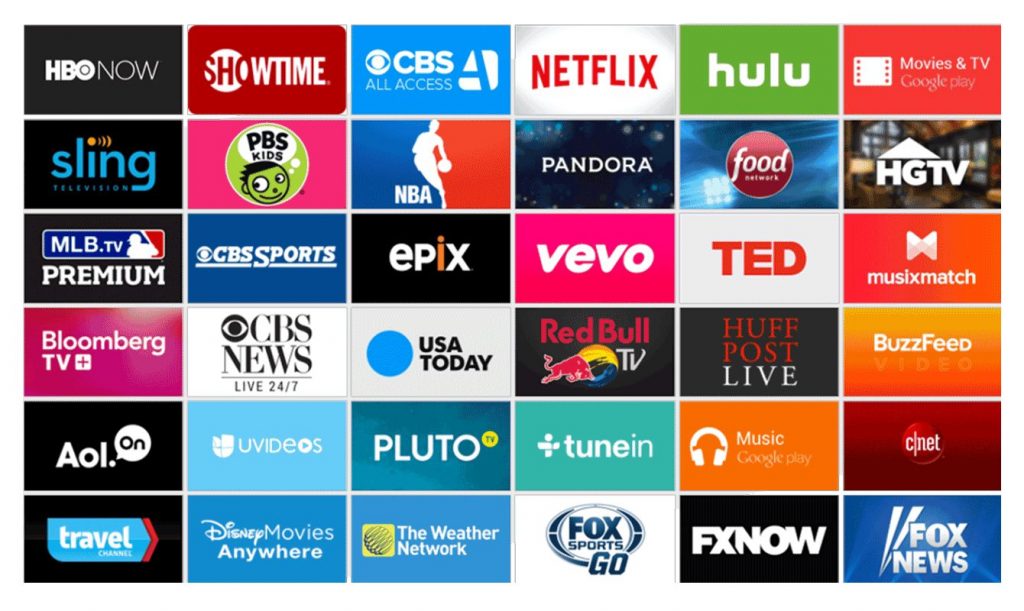 Thursday Night Viewing Top 10 Tv And Streaming Shows
May 26, 2025
Thursday Night Viewing Top 10 Tv And Streaming Shows
May 26, 2025 -
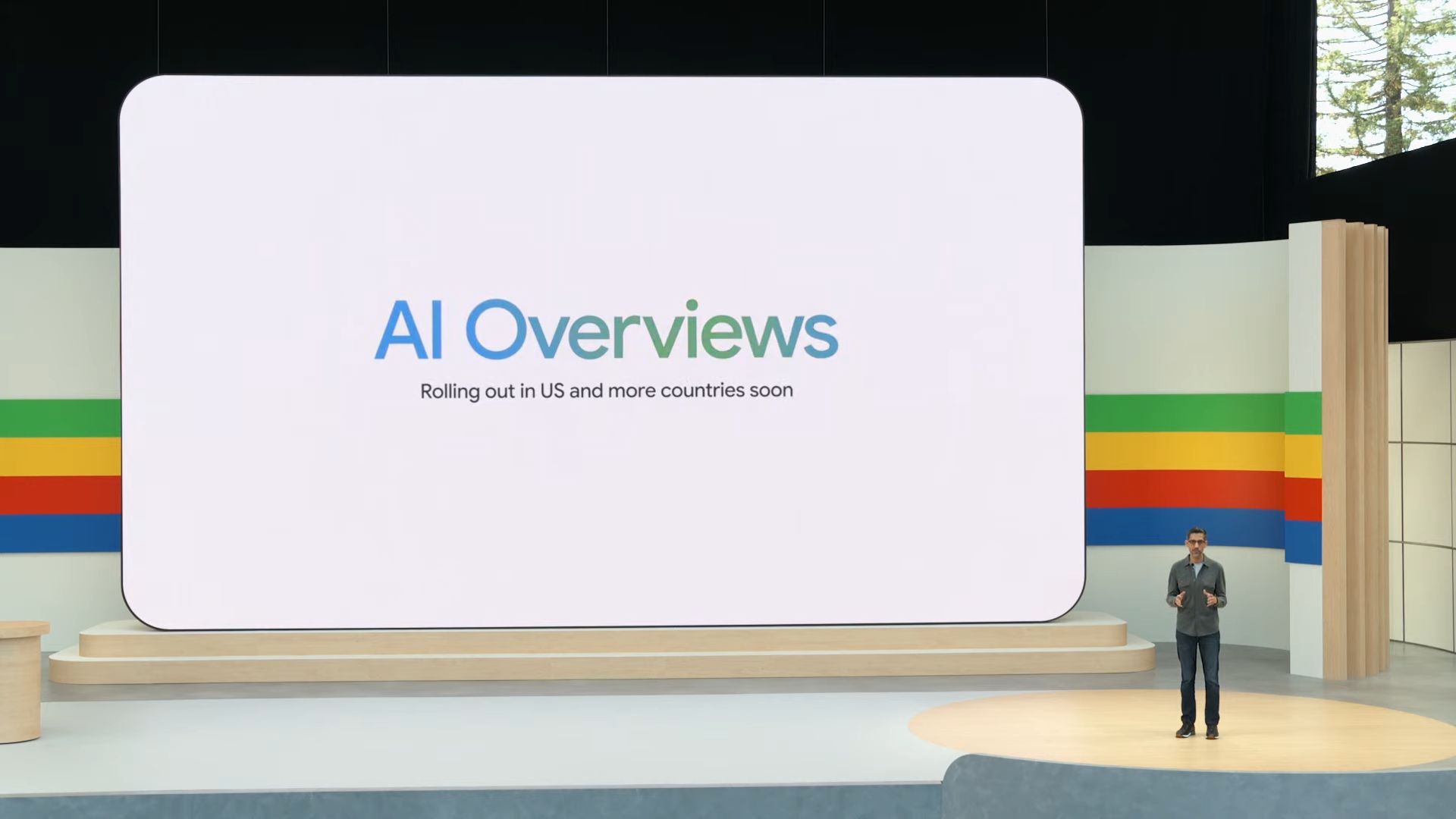 I O Or Io Analyzing The Key Differences In Google And Open Ais Approaches
May 26, 2025
I O Or Io Analyzing The Key Differences In Google And Open Ais Approaches
May 26, 2025 -
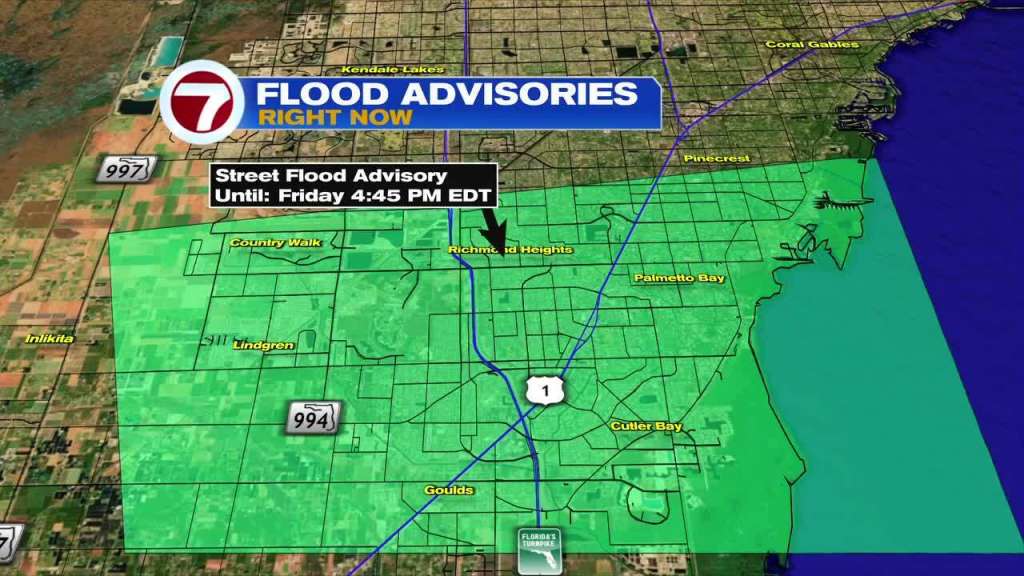 Miami Valley Flood Advisory Severe Weather Prompts Urgent Warning
May 26, 2025
Miami Valley Flood Advisory Severe Weather Prompts Urgent Warning
May 26, 2025 -
 Iga Swiatek Wins In Madrid De Minaurs Straight Sets Loss Ends His Campaign
May 26, 2025
Iga Swiatek Wins In Madrid De Minaurs Straight Sets Loss Ends His Campaign
May 26, 2025 -
 Invest Smart A Geographic Analysis Of Promising Business Locations
May 26, 2025
Invest Smart A Geographic Analysis Of Promising Business Locations
May 26, 2025
Latest Posts
-
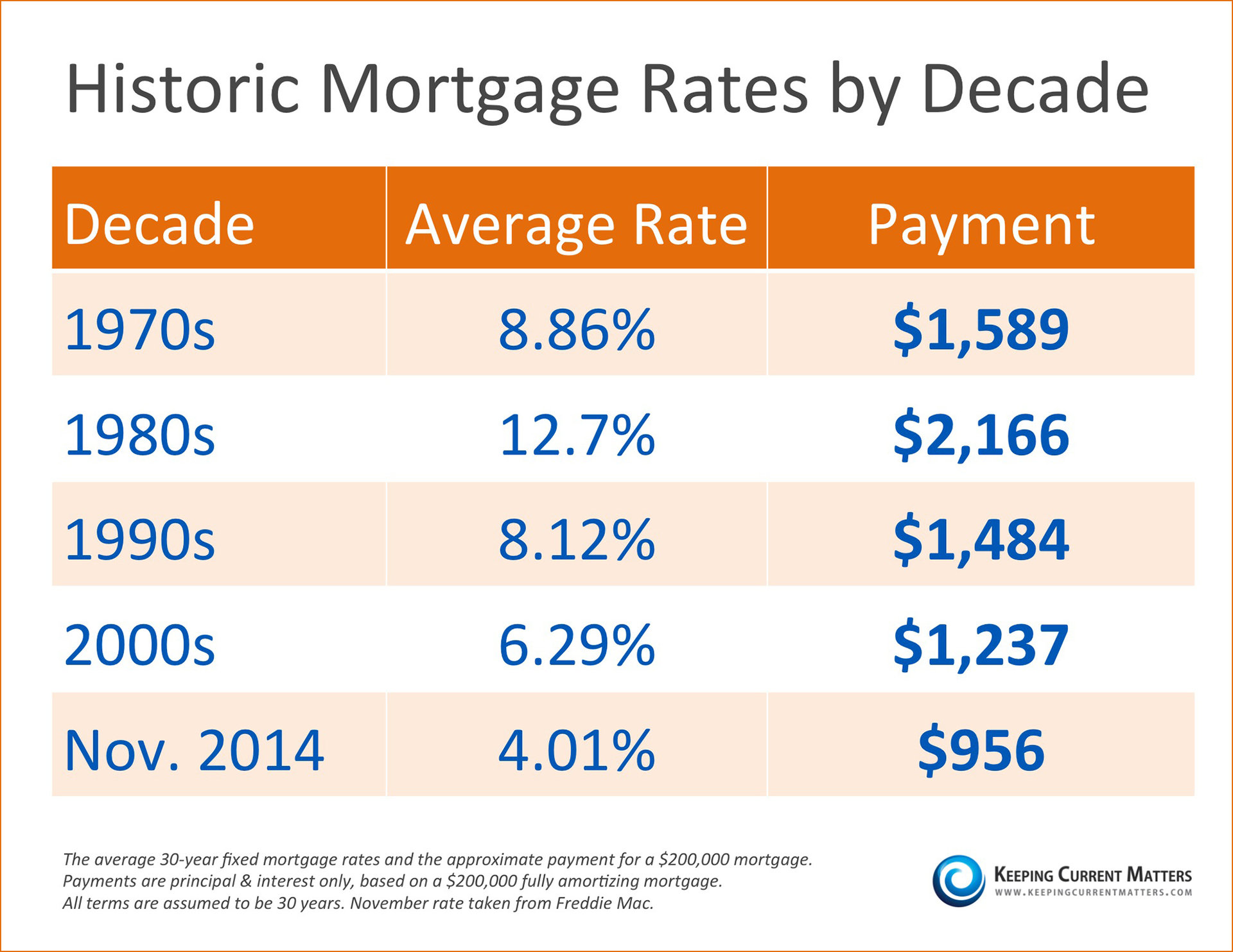 Personal Loan Interest Rates Your Guide To Finding The Best Deal Today
May 28, 2025
Personal Loan Interest Rates Your Guide To Finding The Best Deal Today
May 28, 2025 -
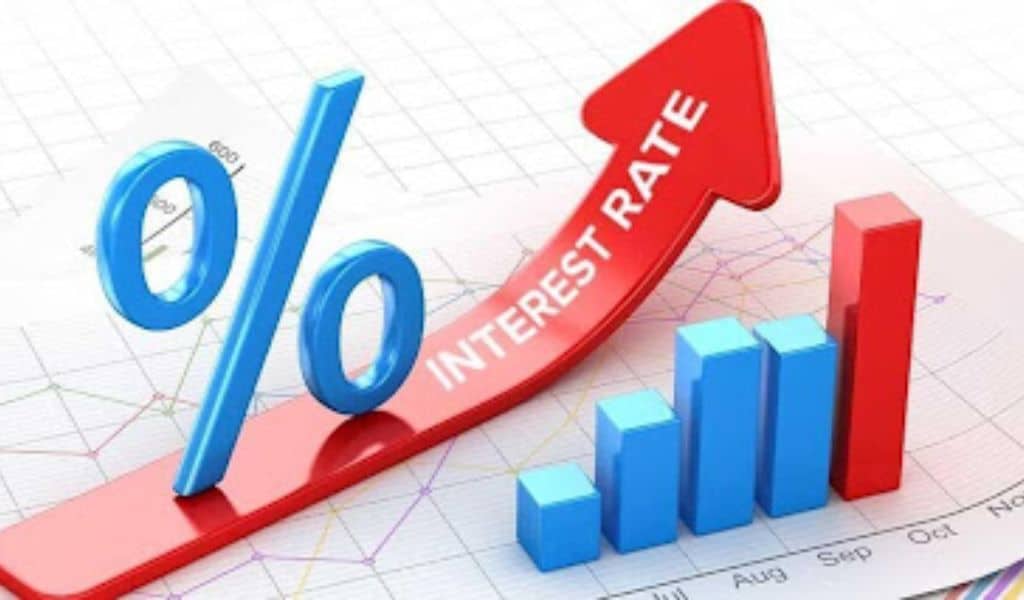 Check Todays Personal Loan Interest Rates And Apply Now
May 28, 2025
Check Todays Personal Loan Interest Rates And Apply Now
May 28, 2025 -
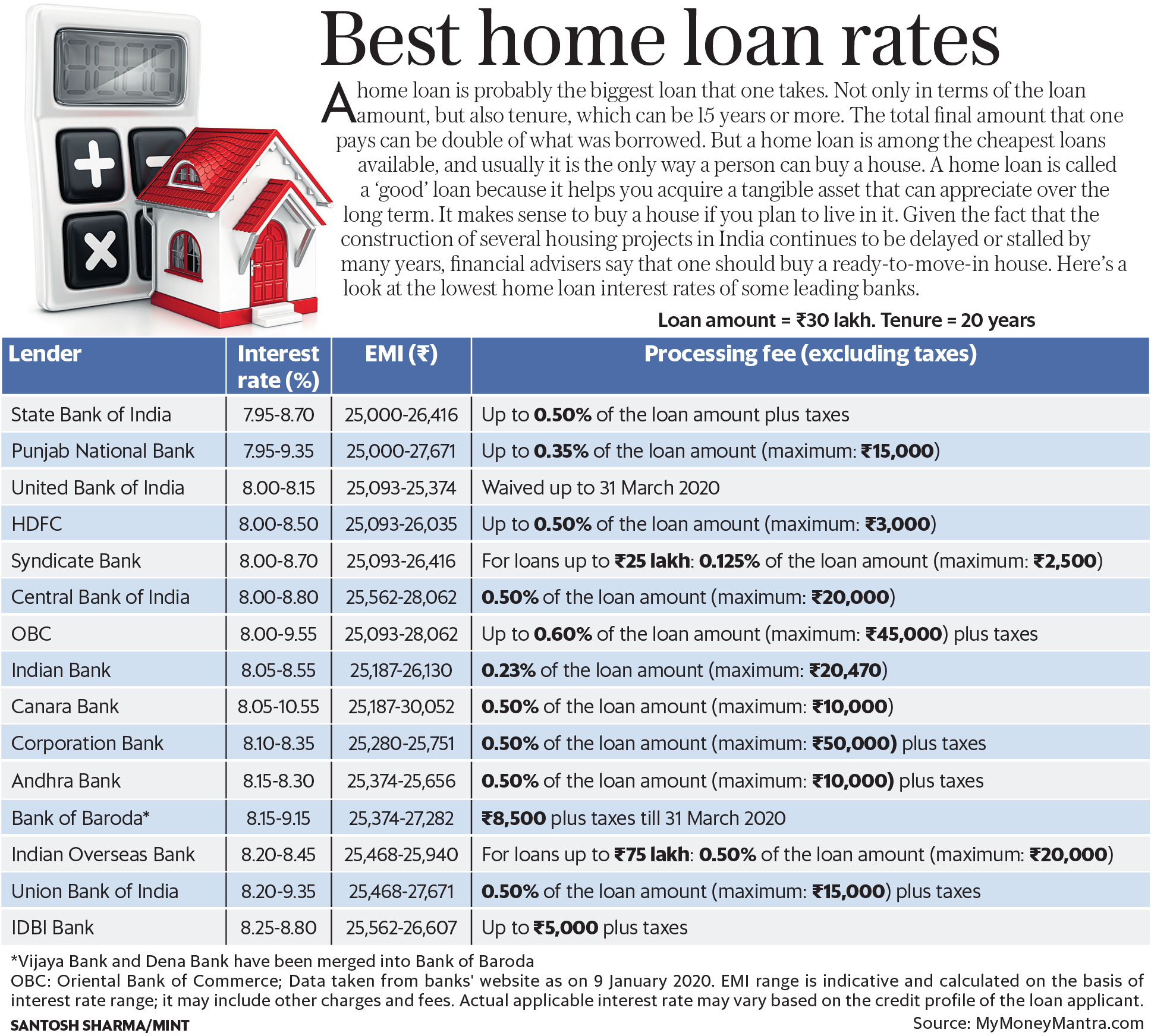 Personal Loan Interest Rates Today How To Get The Lowest Rate
May 28, 2025
Personal Loan Interest Rates Today How To Get The Lowest Rate
May 28, 2025 -
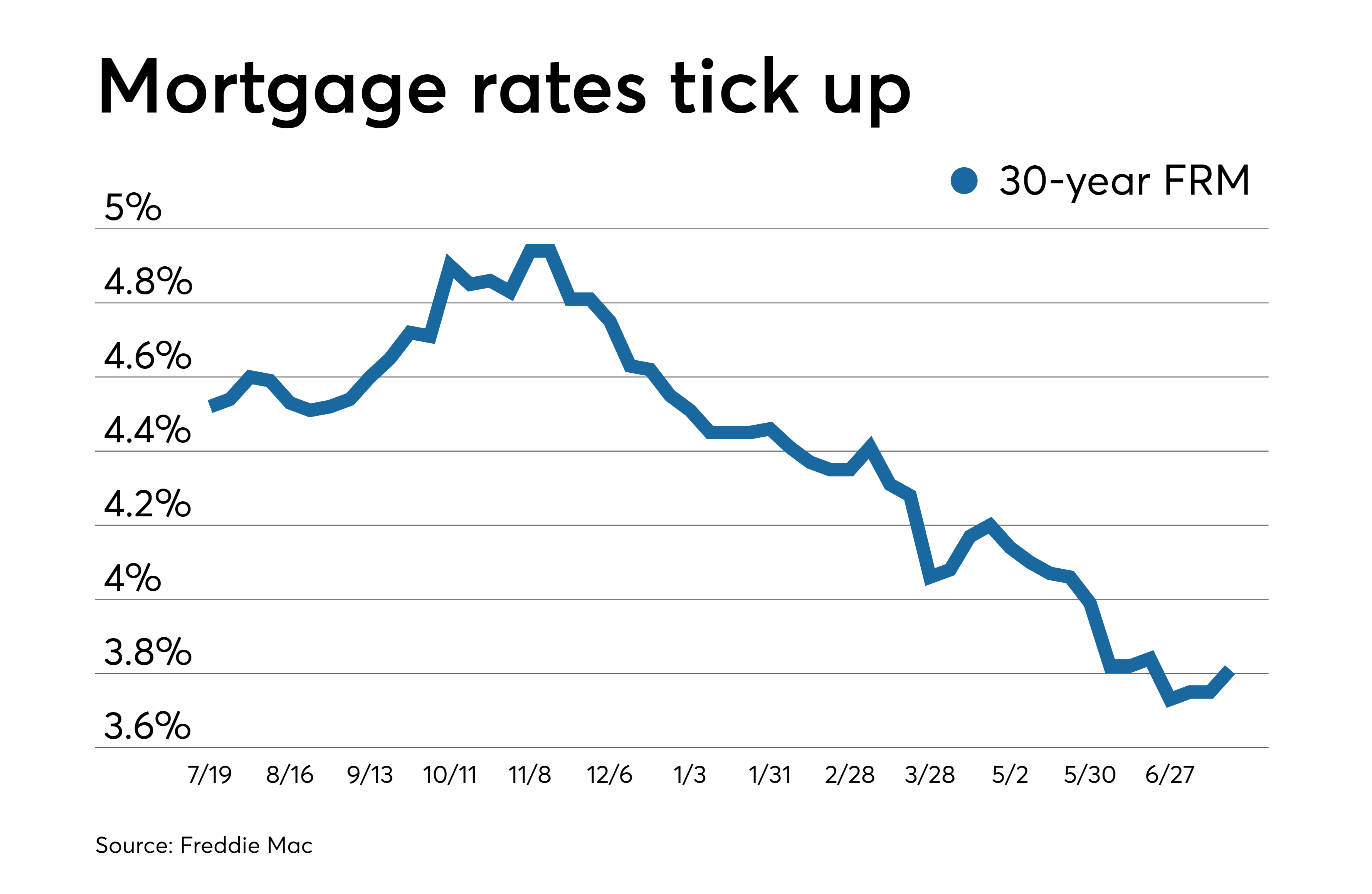 Find The Perfect Personal Loan Todays Best Interest Rates
May 28, 2025
Find The Perfect Personal Loan Todays Best Interest Rates
May 28, 2025 -
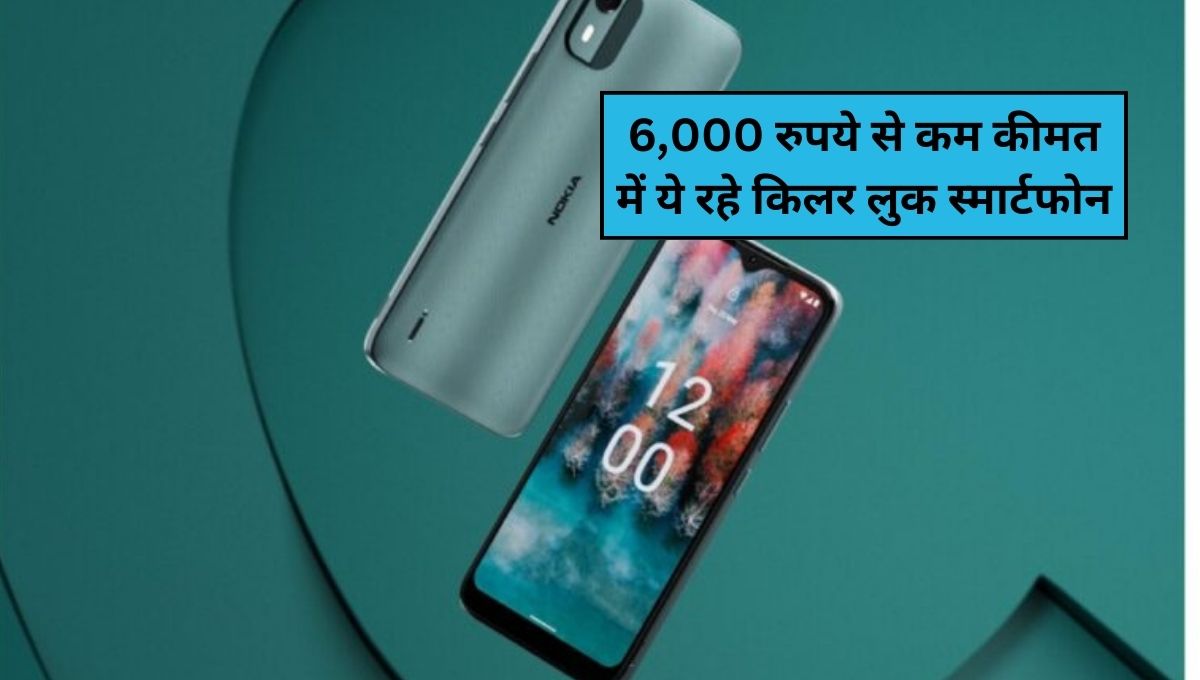 6000
May 28, 2025
6000
May 28, 2025
